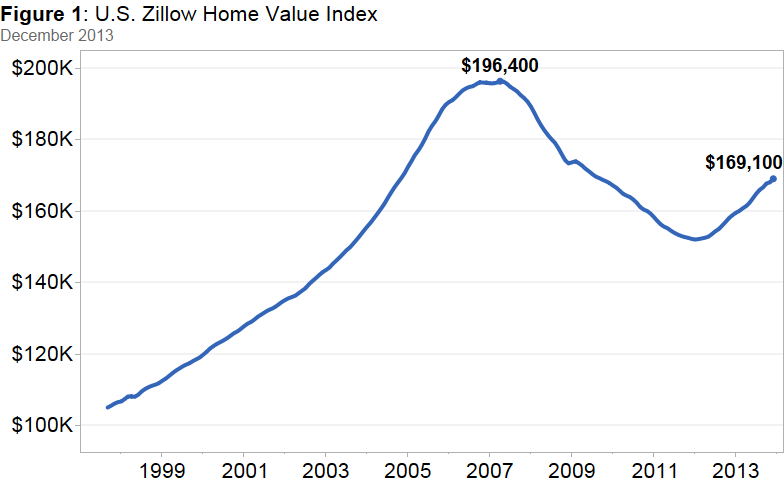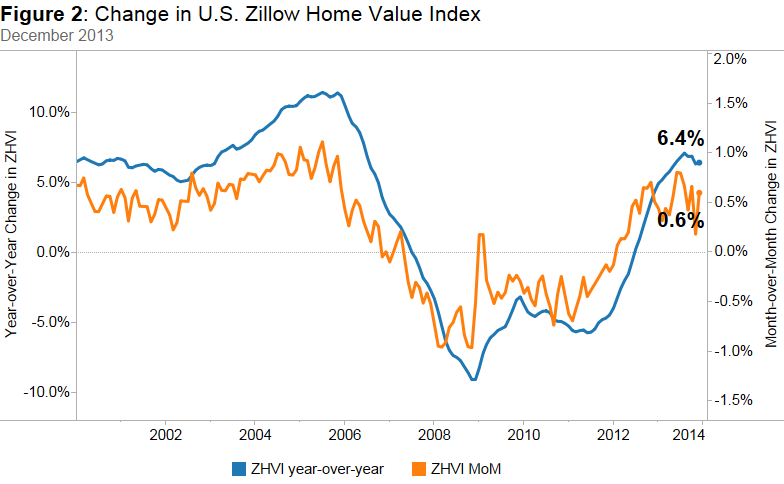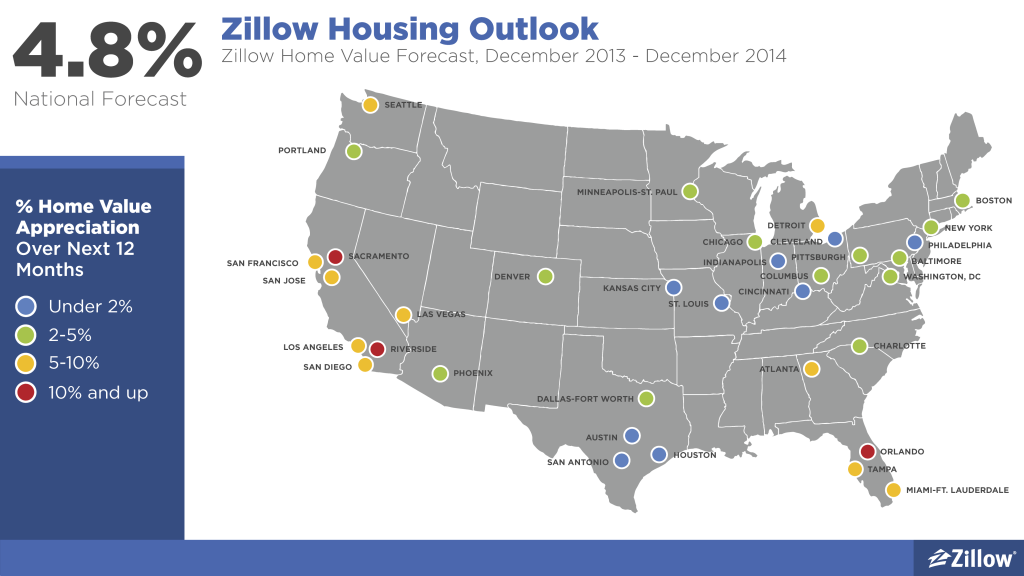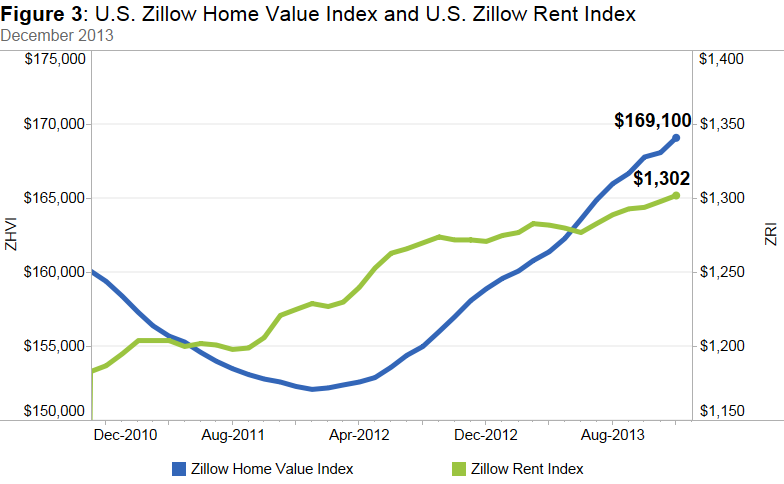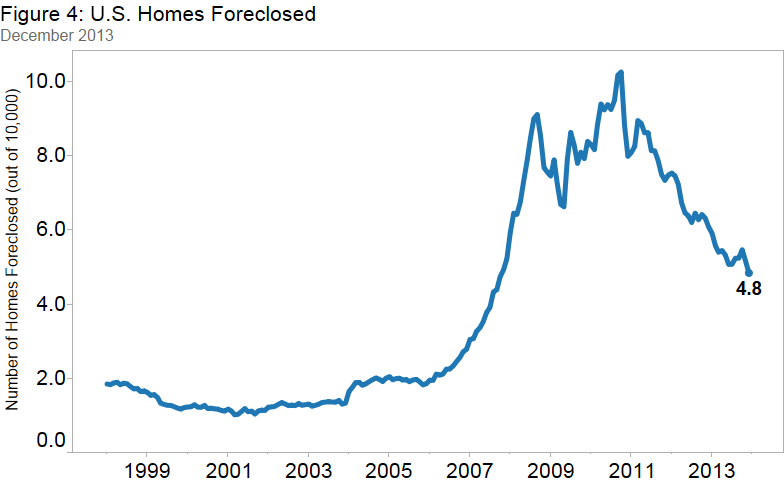From: http://brooklynmovementcenter.org/post/case-black-gentrification-lessons-brickton-philadelphia/
Much of the discourse around gentrification centers on the displacement (or replacement) of low income people of color with white, middle to upper income gentrifiers. Rents increase, coffee shops and pet stores appear and long time residents are pushed out – either because we can no longer afford to live there or because we no longer see ourselves reflected and are too through with being imposed upon by white culture.
This article seeks to move past the usual positions of Black versus white, the conquered versus the conqueror and place Black people in a more active position within the discourse. The question facing many community organizers attempting to do anti-gentrification work is how to better their community without attracting gentrifiers that will eventually make it difficult for them to live there. Historically, governments in the US invest in neighborhoods deemed blighted only if they want to pursue urban renewal (aka negro removal) plans that will economically stimulate the city or once “pioneer” gentrifiers move in.
Revitalization in American cities, almost always leads to the displacement of Blacks by whites. This sends the message to communities of color interested in maintaining the cultural integrity of their neighborhoods that the only way to better the neighborhood is to attract white residents. Is it possible to revitalize a neighborhood of color in a way that is sustainable for the residents who live there? How can communities of color evolve without ultimately being replaced?
Black Gentrification
Based on field research done in Brickton, Philadelphia, Kesha Moore in, Gentrification in Black Face? The Return of the Black Middle Class to Urban Neighborhoods, marks the distinction between Black gentrification and white gentrification as motivation. Gentrification led by Black middle income residents has a social justice motivation based on the residents’ experiences of racial exclusion and an explicit desire for racial solidarity. Unlike traditional gentrification, the out-come of neighborhood change is not the creation of a wealthy neighborhood to replace a lower-income community (Moore, 2009).
The 2000 census revealed Brickton to be 92% Black, well above the city average of 44% (Moore, 2009). With hardly any white people, Brickton is unique in that it’s an intentionally racially homogenous yet economically integrated (Moore, 2009). This was not accidental. Activists and organizers in Brickton refer to pre civil rights era, forced segregation as their model for neighborhood development. Integrationist narratives as well as historical patterns of governmental investment in gentrifying neighborhoods, dictate that the presence of whiteness is what makes for a “good” neighborhood – by investing in their community and living alongside low income residents rather than trying to price them out, residents actively subvert this narrative.
Strategies from Brickton:
- Middle class, Black residents actively recruit other middle class, Black residents to move into the neighborhood drawing on shared experiences of racial discrimination in residential neighborhoods and the “ethos of racial uplift” (Moore, 2009). Residents move in because they want to “give back” and invest in a Black community.
- Middle to upper income residents who can afford a more expensive neighborhood, make the choice to remain in the community.
- Add middle and upper income Black residents to the neighborhood without promoting the displacement of current low income residents. Encouraging asset accumulation (e.g., homeownership, entrepreneurship) amongst low-income residents is considered critical component of community development and a crucial step towards creating an “economically and politically powerful Black neighborhood” (Moore, 2009).
What does this mean for Brooklyn?
It may be time to shift the conversation and redirect our focus. The gentrification discussion has become stale, we’ve become bitter, and meanwhile more and more Black people are being forced out of Brooklyn. Brickton is what happens when Black people come together and actively address the needs of our community. The work doesn’t have to be anti-change, anti-development, or even anti-white. But it can and should be pro-neighborhood improvement, pro-strategizing and organizing, and absolutely pro-Black. Rather than seeing ourselves as victims, let’s change the narrative and see ourselves as organizers, capable of intentionally strengthening our neighborhood for ourselves and future generations. And for those of us in the middle class, let’s drop the guilt and start using our class privilege to figure out ways to invest energy and resources into our community.
